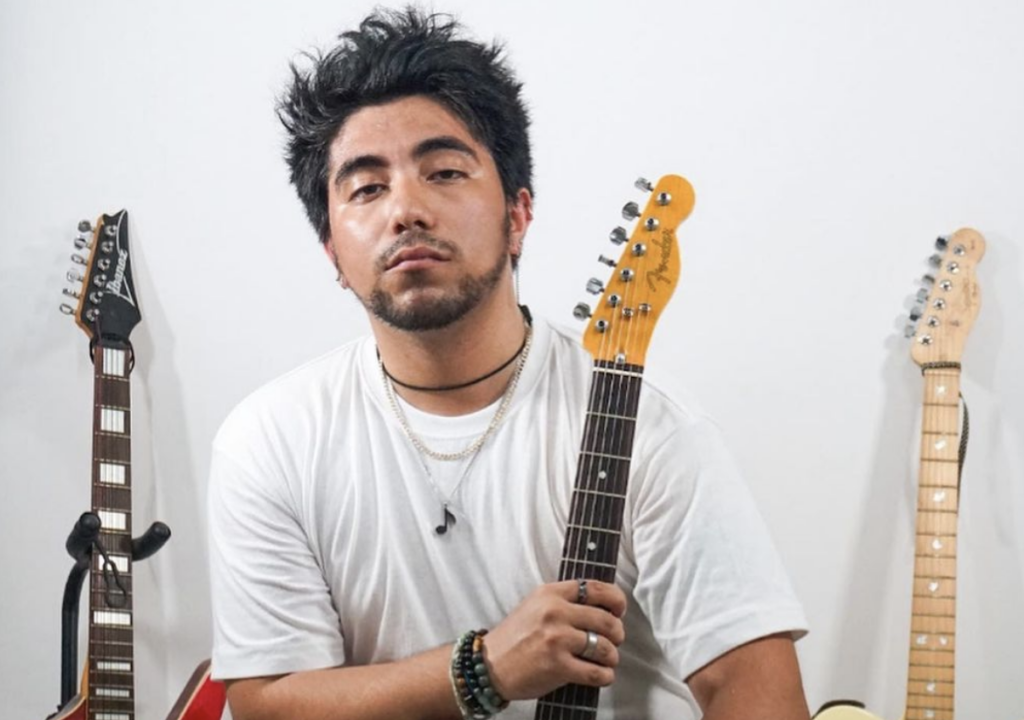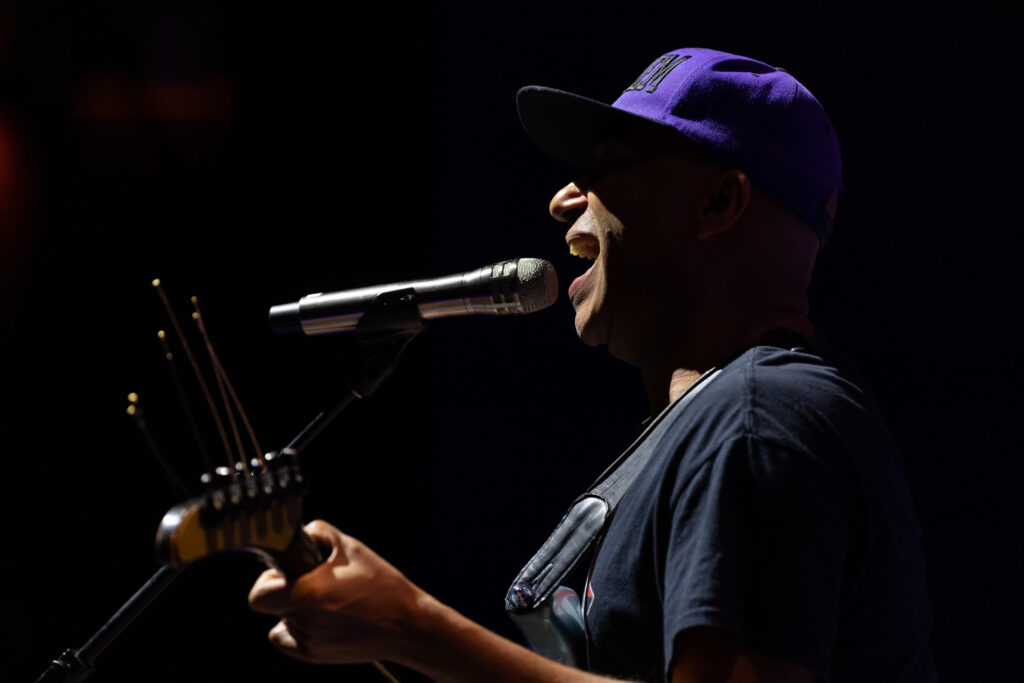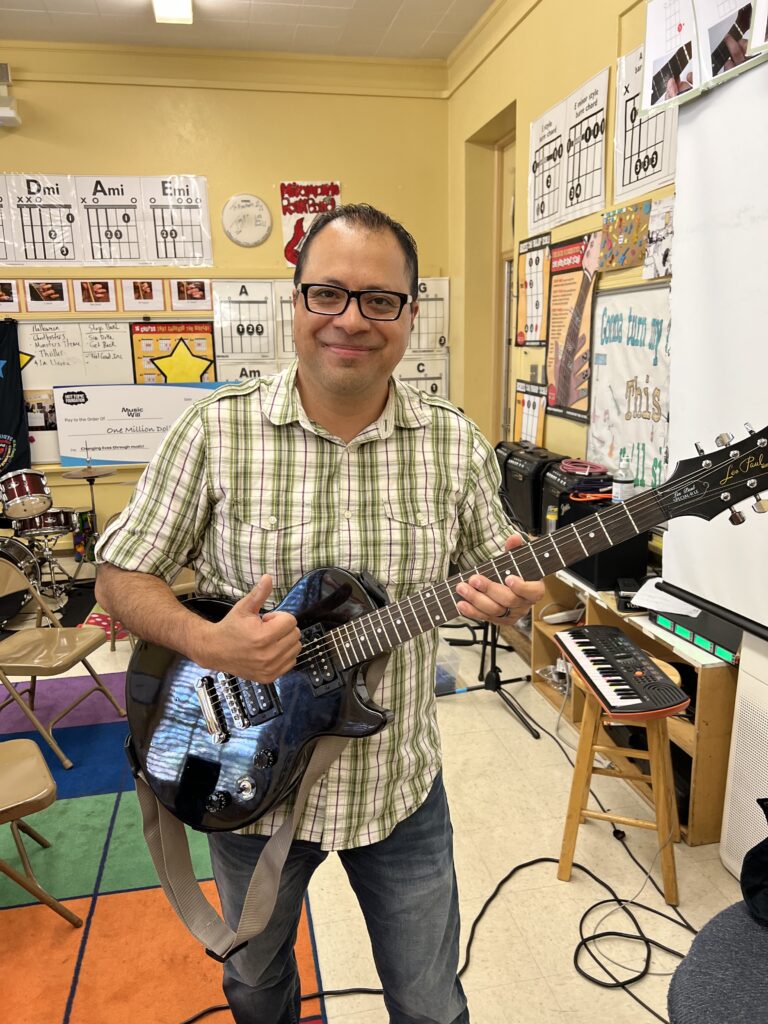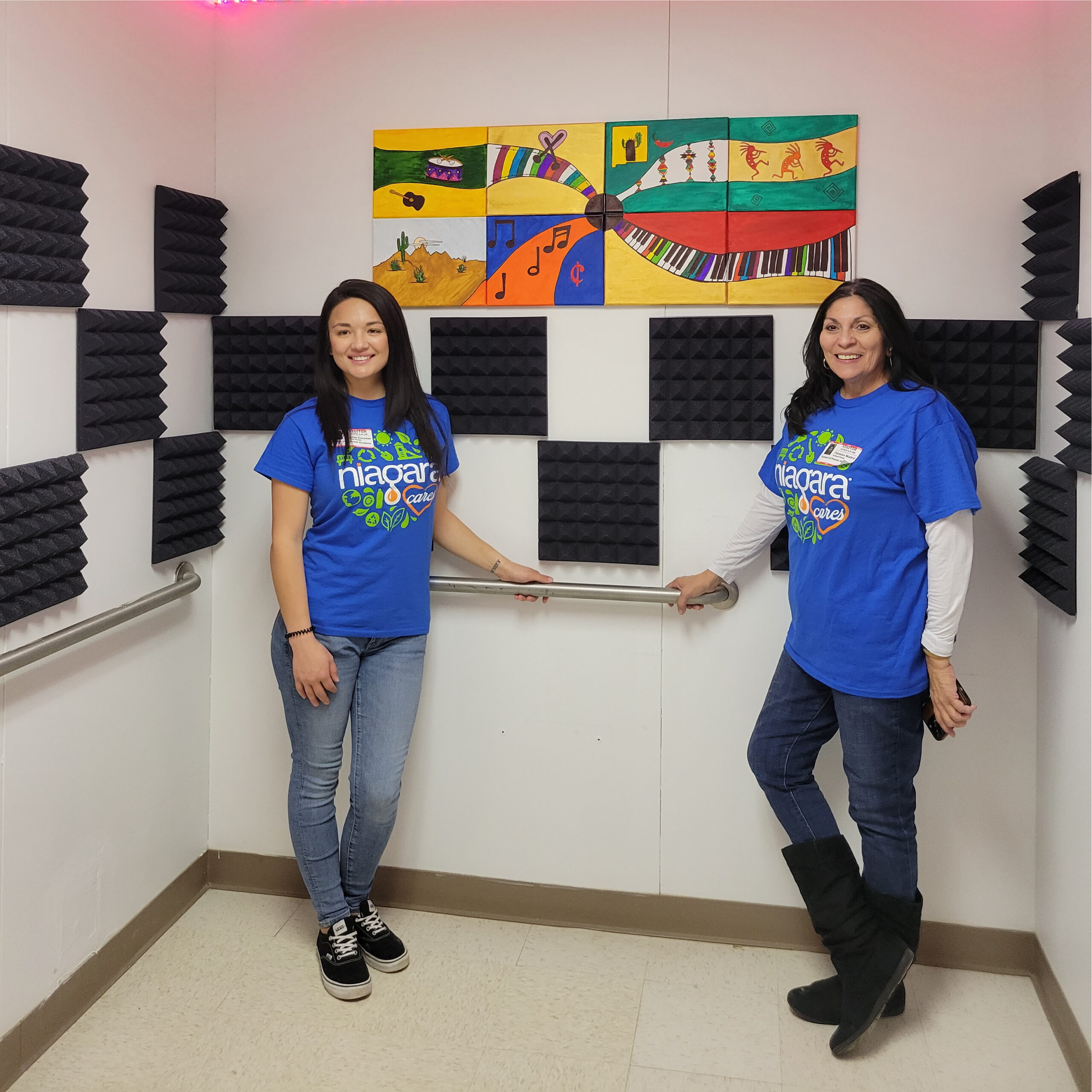The inclusion of popular music in United States (US) public school music education classrooms has become increasingly common in the 21st century. Recent literature has outlined the variety of popular music programs in the US in an attempt to position current efforts to include popular music education in the US among the history of this movement (Krikun, chapter 4, this volume; Powell et al., 2015). An increasing body of academic work promotes the need for inclusion of popular music pedagogies in the curriculum of universities training future music educators (Jones, 2008; Mantie, 2013; Wang & Humphreys, 2009; Williams & Randles, chapter 5, this volume). The National Core Arts Standards – a conceptual framework for arts learning, adopted by the National Association for Music Education in the US for K–12 schools (mandatory public education) (NCAS, 2014) – recommend music education based on creativity and improvisation, as well as a focus on iconic notation alongside standard notation. The College Music Society’s Task Force on the Undergraduate Music Major (2014; a cadre of CMS members assembled to rethink music teacher education in higher education) also pointed to the need for an expansion of traditional music departments from classical and jazz performance-based ensembles to include classes that give students options in modern music career development, pointing often to the inclusion of popular music performance, composition, improvisation and cultural understanding (i.e. popular music studies; see Hooper, chapter 13, this volume) (CMS, 2014).
Despite the increased presence of popular music education at primary and secondary levels, American ‘pre-service’ music teacher education programmes face many roadblocks to establishing classes courses in popular music, in large part because those teaching future teachers were trained in school by educators inexperienced in popular music styles and pedagogy (Green, 2008; Price, 2006; Purves, 2002). Much of the mention of popular music classes in public schools refers to isolated case studies of standout programs around the country, many of which are not scalable or replicable due to instrument limitations and teacher expertise (Clements, 2010). There seems to be a tendency for much of the existing discourse about popular music education to lean heavily on the informal learning model (Jaffurs, 2004; Karlsen & Väkevä, 2012), which while rich in theory is difficult to utilize in the US model of music classrooms that contain large student numbers with an attendant logistical inability to have small groups each rehearsing in the same music room. Most of the current popular music education approaches in music teacher education lean heavily on teaching the important and necessary key concepts that distinguish facilitation of the learning of popular music from teaching traditionally included musics, instead of using a blended approach that can be utilized in a wide range of settings (Heuser, 2014). These concepts include learning music through recordings instead of staff notation, performing on traditional rock instruments, working with repertoire that students have a role in choosing and introducing technology through, for example, iPad ensembles (Davis & Blair, 2011; Williams, 2014). While these are great strides towards a fuller popular music strand of education, they do not address how to teach a large class of students to play popular music on modern instruments in order to create and improvise utilizing the styles of music that they enjoy and experience day-to-day in their own musical, cultural world(s).
Teachers in a typical music class face many barriers to teaching beyond just their own knowledge of the subject material. According to Green (personal communication, February 4, 2011) ideally teachers teaching popular music in the classroom would have access to small rooms comprising rock band set-ups as well as technology workstations complete with current recording, engineering and music-making software. These teachers would act not as instructors but as facilitators and advisors, wandering freely from room to room, checking in on the students learning informally in small groups and creating new music, free from fear of capricious administrators who may see this instruction as unstructured or unsupervised (D’Amore & Smith, 2016). These issues help illuminate the practicality of ensembles such as concert band, orchestra, marching band, choir and jazz band in the contemporary teaching environment; these classes are improved with an increased number of student participants and high student-to-teacher ratios in a system that constantly promotes larger class sizes. The larger class sizes, however, are not ideal for conventional popular music ensembles. It is for this reason that many of the larger school districts in the United States (including New York City and Los Angeles) now offer courses in Modern Band. This chapter outlines some of the core values of Modern Band as defined by Music Will (Music Will). In so doing, the authors hope to explain the rationale behind Music Will’s approach to training teachers to incorporate Modern Band in their classrooms.
Popular Music and Modern Band Principles by Bryan Powell and Scott Burstein







